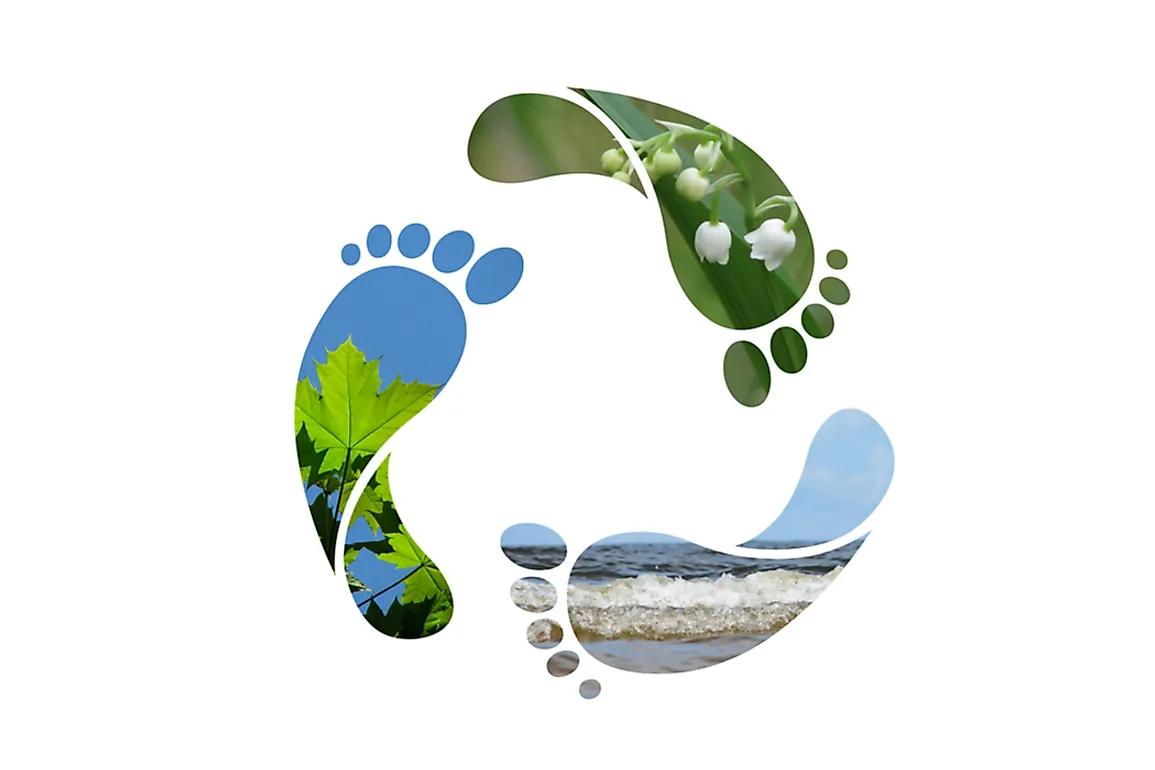What Is a Water Footprint?

Water is a vital part of life that no living thing can survive without. About 70% of the earth’s surface is covered with water with oceans holding approximately 96% of all the earth’s water. The other 4% is mainly freshwater held in lakes, rivers, and streams. The water footprint is an indication of the extent of water use in terms of its consumption by individuals, community, and businesses. A water footprint can be defined as the amount of water used in the production of goods and services that are consumed by individual, communities, and businesses. The amount of used water is equivalent to the water volume consumed or polluted in a time unit.
History
The concept of water footprint was brought about by Arjen Hoekstra in 2002. The water management professor at the University of Twente, Netherlands, came up with the concept as a means to measure the volumes of water consumed and polluted during the production of goods and service. Water footprint, alongside carbon footprint and land footprint, is an ecological footprint indicator and is also related to virtual water trade which was introduced by Professor John Allan in the early 1990s. In order to promote the idea of water footprint, Professor Arjen co-founded the Water Footprint Network. The WFN provides a platform for knowledge sharing and innovations among stakeholders concerned about the increasing water scarcity and pollution levels and the consequences on people and nature. The network consists of 100 partners drawn from all sectors including NGOs and academia.
Measures of Water Footprint
The water consumed or used in the production of goods and service can be measured in several ways. The water footprint measures are broadly categorized into three; blue, green, and gray water footprint.
Blue Water Footprint
Blue water footprint is the amount of water that has been obtained from the surface or groundwater sources such as lakes, rivers, and aquifers and either incorporated into a product or transferred from one water body to another. The blue water footprint can be included in irrigated agriculture, household water, and commercial water use.
Green Water Footprint
The green water footprint is the volume of water obtained from precipitation and has been stored in the root zone of the soil and finally lost through the process of evapotranspiration or taken up by a plant.
Gray Water Footprint
Gray water footprint is the amount of water that is needed to dilute pollutants such as industrial waste and urban runoffs in order to meet the required quality standards.
Internal vs. External Water Footprint
The internal water footprint is the volume of water used from domestic water resources while external water footprint is the volume of water used in another country to produce both goods and services that have been imported and used by people of a different country. In calculating the water footprint of a country, it is important to consider the international virtual flow of water entering and leaving the country. Countries with little imports such as Sudan and Malawi hardly have any external water footprint while European countries such as Italy, the UK, and the Netherlands have external water constituting over 50% of the total water footprint.
Individual Water Footprint
The water footprint of an individual is the amount of freshwater used directly or indirectly by an individual. The direct water use is the volume of water used at home while the indirect water is the amount of water used in the production of goods and services that have been consumed by the individual. An individual water footprint averages 1.385 million liters per year.











